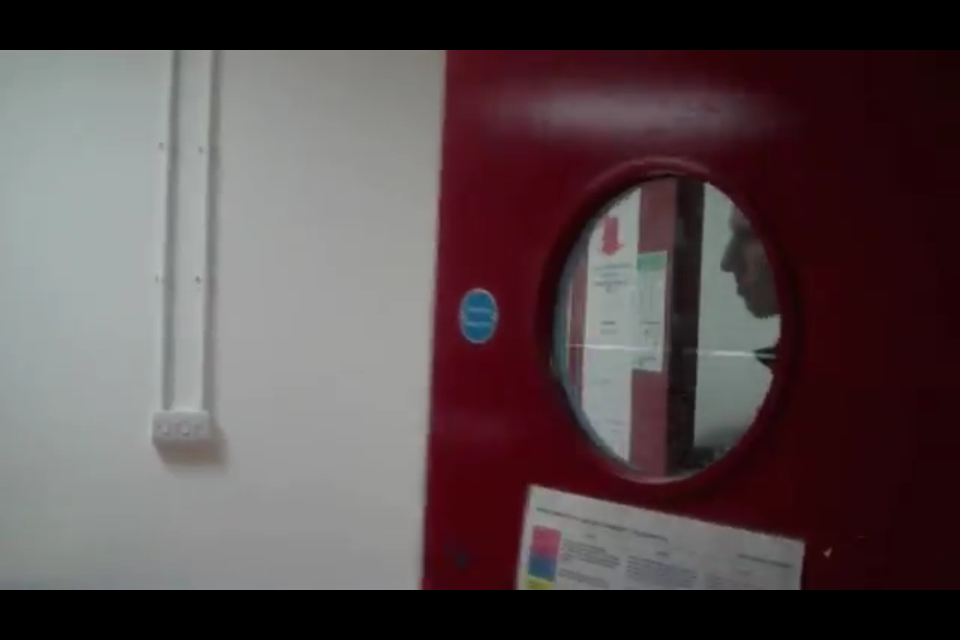The experience took place during a Media Studies' lesson: the students were divided into three groups and each group had to shoot a brief scene with no specific topic, using some film techniques previously studied, such as:
-Match on action: the prospective of the camera changes but the scene continues to flow (the most common example is usually a single person passing through a door);
-Shot/countershot: sequence where a character is shown looking at another character and then the second character is shown looking back at the first one (this technique is usually used together with an "Over-the-shoulder" shot, used to show a background character from the point of view of another one which is very closed to the camera);
-180 degree rule: the reporter must not cross an imaginary line which connects two characters, so that one character will always be frame right than the other one, who is therefore always frame left of the first (these shots will always be double-shots, i.e. shots focused on two different characters).
One of the scenes, for instance, consisted in a teacher passing through a door (match on action), who then asks a student to stand up and turn the lights (which do not work) on, with a following dialogue (shot/countershot, 180 degree rule).
Here are some pictures showing how we practiced using the three techniques described above:
Match on action: the action of me opening the door goes on even though the prospective of the camera changes from outside to inside the room.
180° rule: from this scene onwards the teacher (me) is always located on the left of the student (Erdene) and vice versa.
Shot/countershot: used together with the over-the-shoulder shot, this technique shows the two characters having a dialogue: the cameraman (Inaki) films the action of a character seen from the point of view of the other one.
Like I said, at the end of the video the positioning of the characters has not changed: Erdene is still on the right side of the screen while I am on the left.






No comments:
Post a Comment